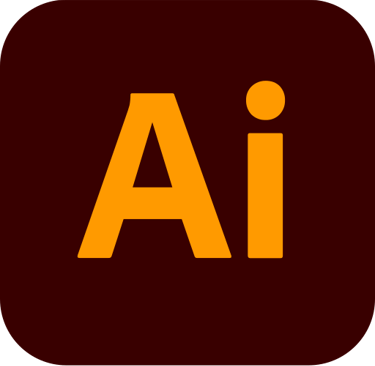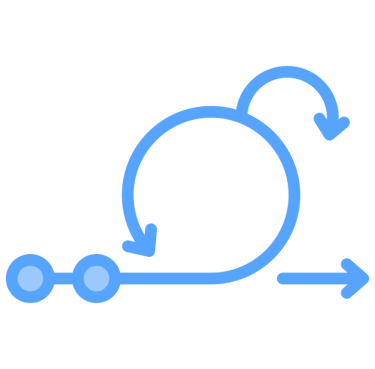Credit Unions
CASE STUDY NO.1
A master interfaz for all levels in the organization
This project was initiated to automate and streamline internal processes within a credit union, with a primary focus on credit and loan applications. One of the biggest operational pain points was the heavy reliance on manual steps during the credit approval process, and the lack of timely alerts for upcoming or missed payment actions.
The challenge was to create a system that could automate key steps, such as the evaluation of applications and payment notifications, while also helping staff from various departments understand when they needed to intervene whether to assist the applicant, perform a review, or take the next step in the loan lifecycle.
About the project
Results and impact
Testing and validation
Research and design methods
Objectives
The final solution led to meaningful operational improvements:
Manual tasks were reduced by over 60%, especially in validation and coordination stages.
The average approval time for credit applications dropped by 40%, thanks to pre-filtering logic and automated document checks.
We carried out pilot testing of the new platform with a select group of internal users across departments. Each participant followed real case scenarios, including application reviews, payment tracking, and task handoffs.
Testing focused on three main areas:
Ease of navigation through the platform interface
Clarity of the automated steps and alerts
Timeliness of notifications between departments
We began by conducting in-depth interviews with employees across departments — credit officers, loan analysts, and customer service agents. Each team had a unique perspective on where bottlenecks occurred, and how process inconsistencies created friction in their daily work.
Using that input, we performed a full process mapping exercise to document the current workflows. This helped us pinpoint redundant actions, unclear responsibilities, and missed communication opportunities — particularly when cases were transferred between departments.
Better the communication and transparency of internal processes
Administrate all client information in a single platform for quick access
Automatize bureaucratic processes that don’t require human intervention
Evaluate, approve or reject credit applications in the system
To ensure alignment, we held co-creation workshops with stakeholders to visualize an ideal workflow: one that maintained human oversight where necessary but allowed automation to take over predictable and repetitive steps. These sessions helped define the decision criteria and triggers for intervention.
We translated this into user flows and low-fidelity prototypes, which we iterated on through several rounds of internal feedback. Each iteration brought us closer to a design that was clear, structured, and tailored to the needs of both administrative staff and analysts.
After each session, we conducted interviews and surveys to capture feedback. Users appreciated the visual cues that showed them which department was currently responsible and what the next step would be. One point of improvement that surfaced early was the wording of automatic alerts — we fine-tuned this in later iterations to be more action-oriented and role-specific.
We also gathered quantitative metrics, such as the time taken to complete an application review using the old system vs. the new one, and noted significant gains in efficiency.
Tools & methodologies






To create more complex visual elements
Tested the different functionalities of the prototype
Adobe Illustrator
Implemented along side a multidisciplinary team
Used to make a high fidelity interactive prototype
Scrum
Useberry
Axure RP 10
Payment notifications and internal alerts now reach the right person at the right time, reducing errors and confusion between teams.
Administrative staff reported greater clarity and visibility into each application’s status, with a shared view of the entire credit journey.
Overall, the project helped shift the team from a reactive to a proactive mindset, freeing them from manual follow-ups and allowing them to focus on high-value tasks like customer support and complex case evaluation.